Genus AntiarisLesch. Rank Species | Scientific name Antiaris toxicaria | |
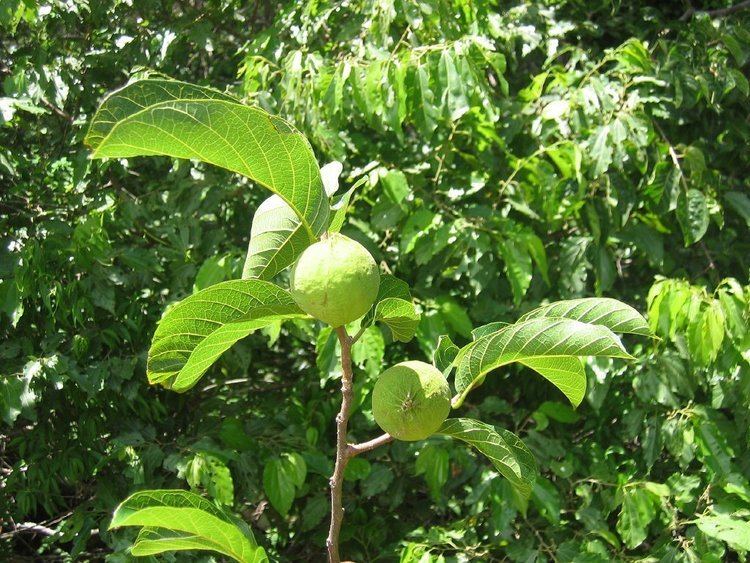 | ||
Similar Moraceae, Heartbreak grass, Entandrophragma, Artocarpus, Abrus precatorius | ||
Antiaris toxicaria wtf farcry3 hardore episodio 3
Antiaris toxicaria is a tree in the mulberry and fig family, Moraceae. It is the only species currently recognized in the genus Antiaris. It has a remarkably wide distribution in tropical regions, occurring in Australia, tropical Asia, tropical Africa, Indonesia, the Philippines, Tonga, and various other tropical islands. Its seeds are spread by various birds and bats and it is not clear how many of the populations are essentially invasive. The species is of interest as a source of wood, bark cloth, and pharmacological or toxic substances.
Contents
- Antiaris toxicaria wtf farcry3 hardore episodio 3
- Common names
- Taxonomy
- Characteristics
- Distribution
- Uses
- Poison
- Literature
- References
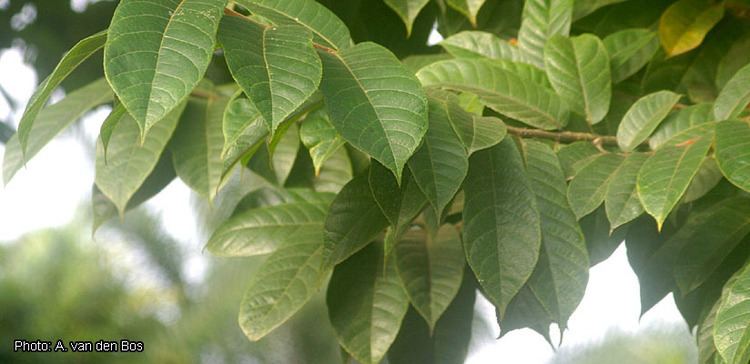
Common names

The name antiaris is derived directly from the Javanese language name for it: ancar (obsolete Dutch-era spelling: antjar). There are several other botanical names (synonyms): Antiaris africana Engl., the Antiaris macrophylla R.Br. and the Antiaris welwitschii Engl..
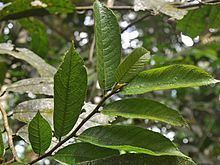
Commonly used local names include: In English it may be called bark cloth tree, antiaris, false iroko, false mvule or upas tree. In the Javanese language it is known as the upas or ancar, in the Indonesian language as bemu. In the related languages of the Philippines Filipino upas, and Malaysia Malaysian as Ipoh or ancar. In Thai it is the ยางน่อง (yangnong). In Mandinka, it is the jafo and in Wolof the kan or man.
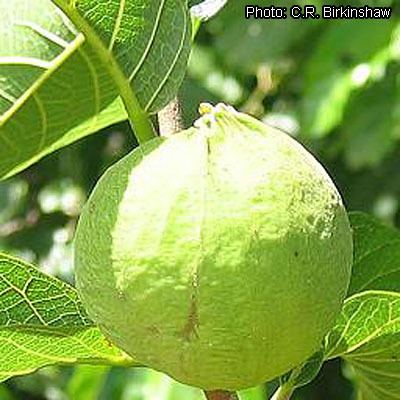
The Chinese of Hainan Island, refer to the tree as the "Poison Arrow Tree" (Chinese: 箭毒木; pinyin: Jiàndú Mù) because its latex was smeared on arrowheads in ancient times by the Li people for use in hunting and warfare.
Taxonomy

Currently one species of Antiaris is formally accepted, namely Antiaris toxicaria, though about twenty synonyms have been recorded and rejected as invalid. The status of other species still is unresolved, namely Antiaris turbinifera. However, given the wide range of the genus, it is quite likely that investigations under way will lead to the establishment of new species. Some varieties and subspecies are already established, pending further investigation. At present the accepted taxonomy is as follows:
Characteristics
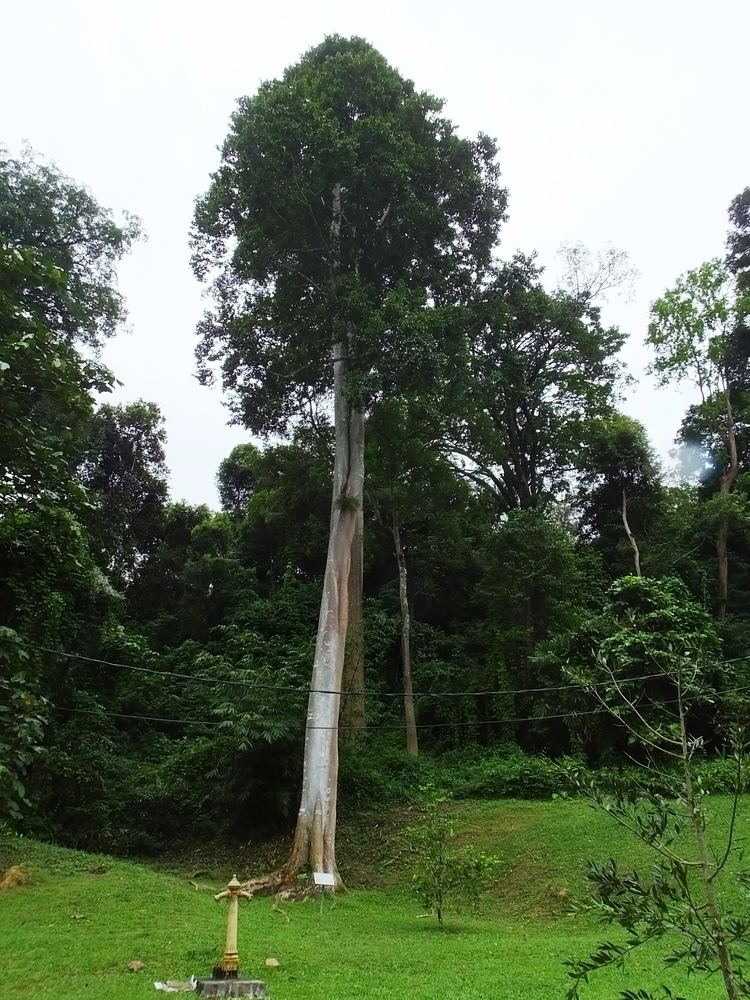
Antiaris toxicaria is monoecious. It is a large tree, growing to 25–40 m tall, with a trunk up to 40 cm diameter, often buttressed at the base, with pale grey bark. The leaves are elliptic to obovate, 7–19 cm long and 3–6 cm broad. The African tree bears larger fruit than Asian and Polynesian populations. The Indonesian Antiaris toxicaria flowers in June. In Kenya peak seeding time is March. The fruit is a red or purple drupe 2 cm in diameter. This soft, edible fruit is dispersed by birds, bats, possums monkeys, deer, antelopes and humans. The tree grows rapidly and attains maturity within 20 years.
Distribution
The Antiaris tree is found in grassy savanna and coastal plateaus. In Africa, there are three varieties clearly distinguished by habitat and their juvenile forms. One is confined mainly to wooded grassland, the other two are found in wet forests; rainforest, riverine forest and semi-swamp forests. It generally does not grow at altitudes above some 1500 metres above sea-level.
Uses
Antiaris toxicaria is a fairly small-scale source of timber and yields a lightweight hardwood with density of 250-540 kilogram per cubic metre (similar to balsa). As the wood peels very easily and evenly, it is commonly used for veneer.
The bark has a high concentration of tannins that are used in traditional clothes dyeing and paints.
The fruit is edible, and birds, bats and humans that eat it spread the seeds.
In Africa and Polynesia the bast fibre is harvested and is used in preparing strong, coarse bark cloth for clothing. The clothes often are decorated with the dye produced from the bark tannins.
Antiaris toxicaria is an excellent, fast-growing shade tree and often is grown around human dwellings for shade. The leaf litter is an excellent compost material and high in nutrients. It often is applied as mulch or green manure in local gardens, which however, must be grown beyond the shade of the extremely dense canopy of the tree.
Recently, the plant had allegedly been used by retired Tanzanian pastor Ambilikile Mwasapile to allegedly cure all manner of diseases, including HIV/AIDS, diabetes, high blood pressure, cancer, asthma, and others. While found to be harmless to humans when boiled in accordance with Mwasapile's mode of creating a medicinal drink out of the bark, it allegedly was undergoing testing by the WHO and Tanzanian health authorities to verify whether it has any medicinal value. However, conflicting reports suggest that the plant in question is not in fact Antiaris, but rather Carissa edulis.
Poison
Antiaris toxicaria is notorious as a poison for arrows, darts, and blowdarts. In Javanese tradition in Indonesia, Antiaris toxicaria is used with Strychnos ignatii. The latex of Antiaris toxicaria contains intensely toxic cardenolides, in particular a cardiac glycoside named antiarin. The arrow poison is called upas, which in Javanese means "poison", though, like many Javanese words, it also has a number of figurative meanings, such as "watchman", "messenger" and "courier".
In China, this plant is known as "arrow poison wood" and the poison is said to be so deadly that it has been described as "Seven Up Eight Down Nine Death" meaning that a victim can take no more than seven steps uphill, eight steps downhill or nine steps on level ground before dying. Some travellers' tales have it that the Upas tree is the most poisonous in the world, so that no one can reach the trunk before falling down dead. Another account (professedly by one Foersch, who was a surgeon at Semarang in 1773) was published in The London Magazine, December 1783, and popularized by Erasmus Darwin in Loves of the Plants (Botanic Garden, pt. ii). The tree was said to destroy all animal life within a radius of 15 miles or more. The poison was fetched by condemned malefactors, of whom scarcely two out of twenty returned.
Literary allusions to the tree's poisonous nature are frequent and as a rule are not to be taken seriously. Perhaps most famously, the antiaris-tree is the subject of Pushkin's eponymous poem "Antiaris".
